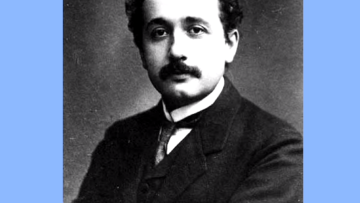14:00
Affine Hecke Algebras for p-adic classical groups, local Langlands correspondence and unipotent representations
Abstract
I will review the equivalence of categories of a Bernstein component of a p-adic classical group with the category of right modules over a certain affine Hecke algebra (with parameters) that I obtained previously. The parameters can be made explicit by the parametrization of supercuspidal representations of classical groups obtained by C. Moeglin, using methods of J. Arthur. Via this equivalence, I can show that the category of smooth complex representations of a quasisplit $p$-adic classical group and its pure inner forms is naturally decomposed into subcategories that are equivalent to the tensor product of categories of unipotent representations of classical groups (in the sense of G. Lusztig). All classical groups (general linear, orthogonal, symplectic and unitary groups) appear in this context.



